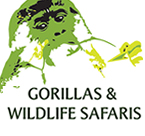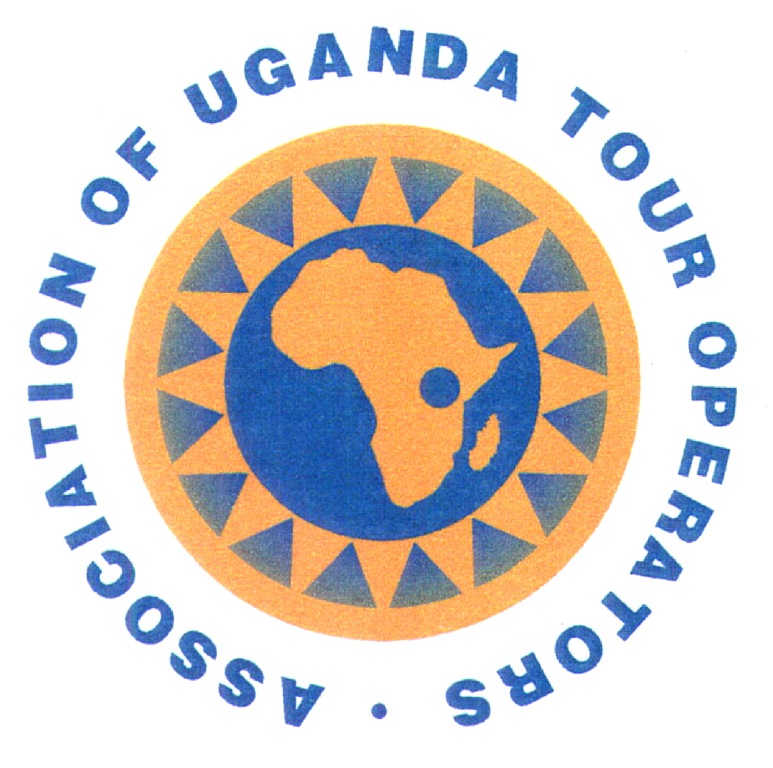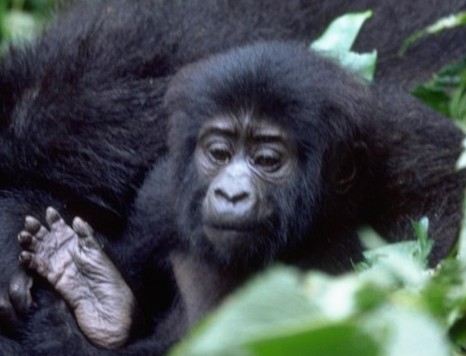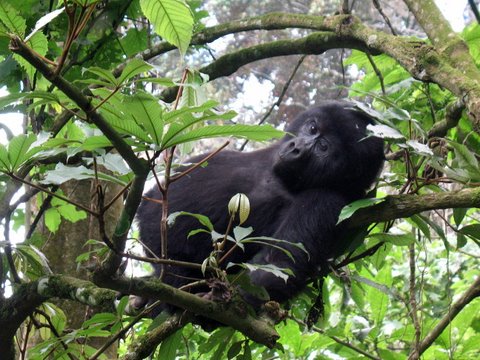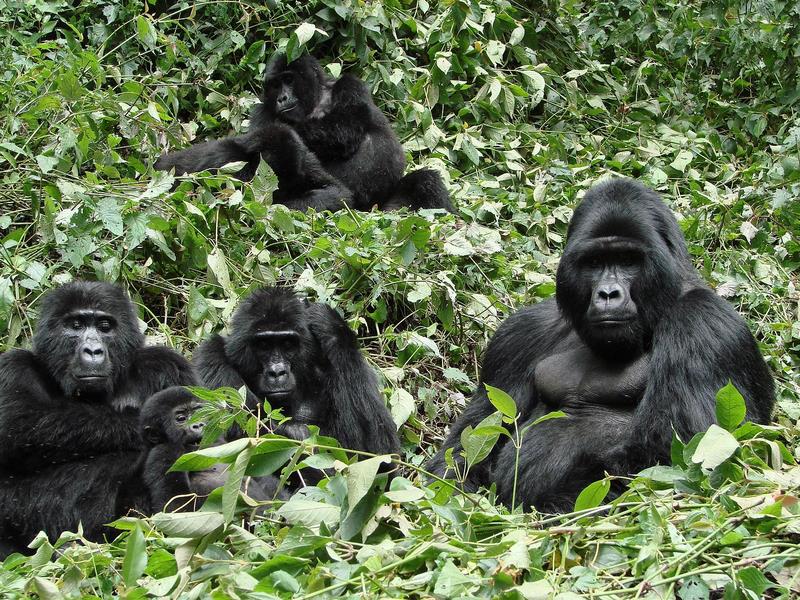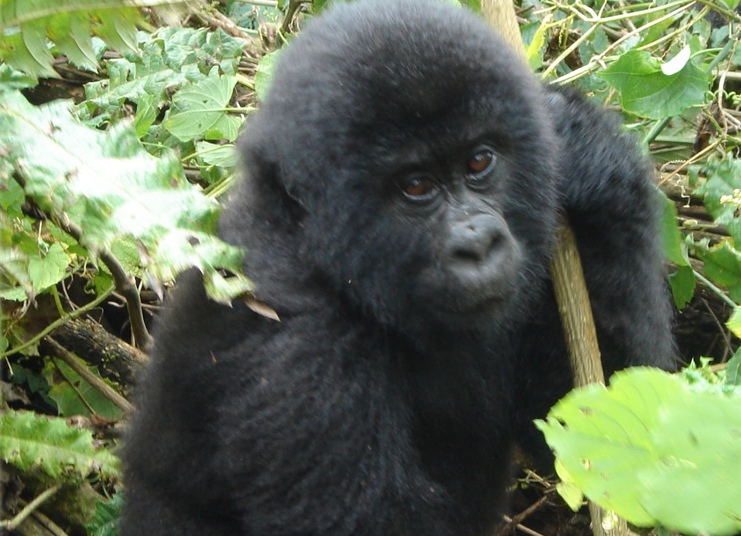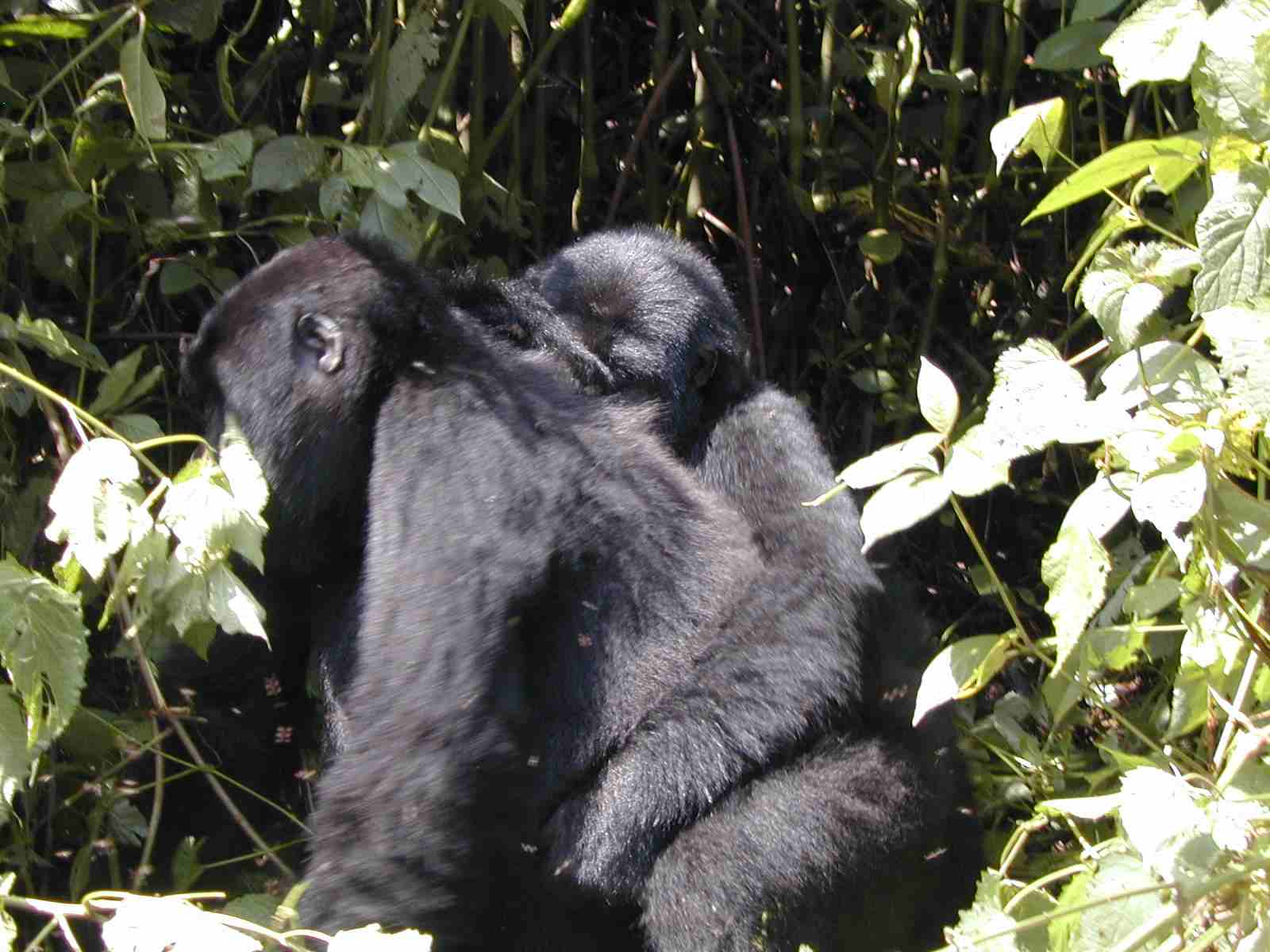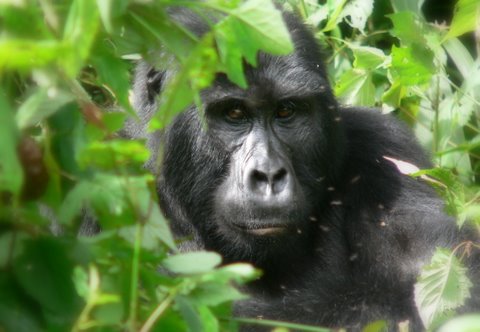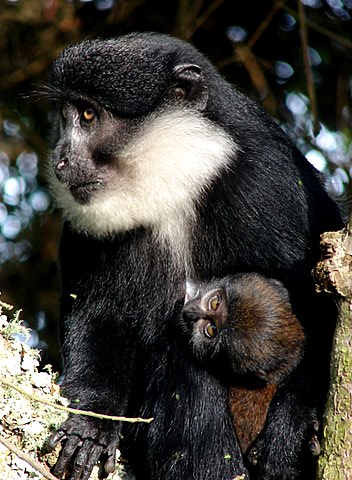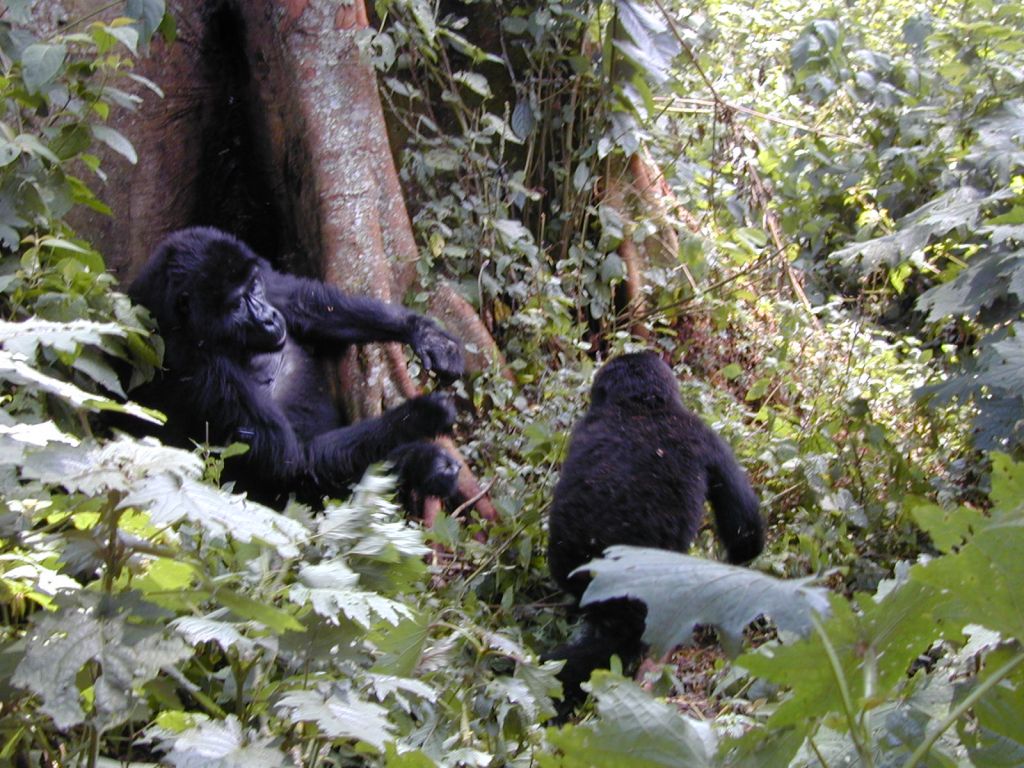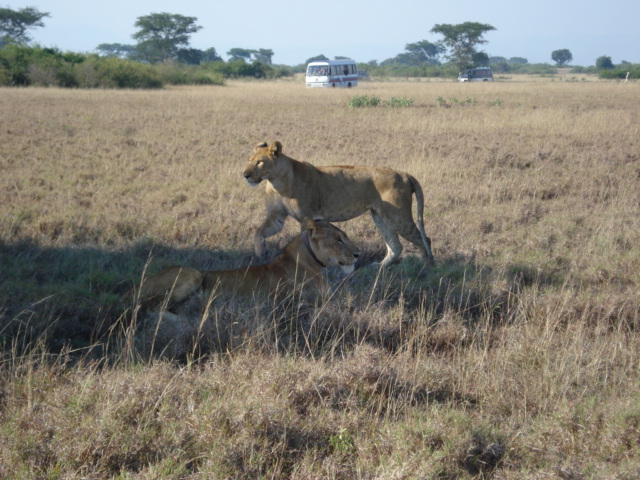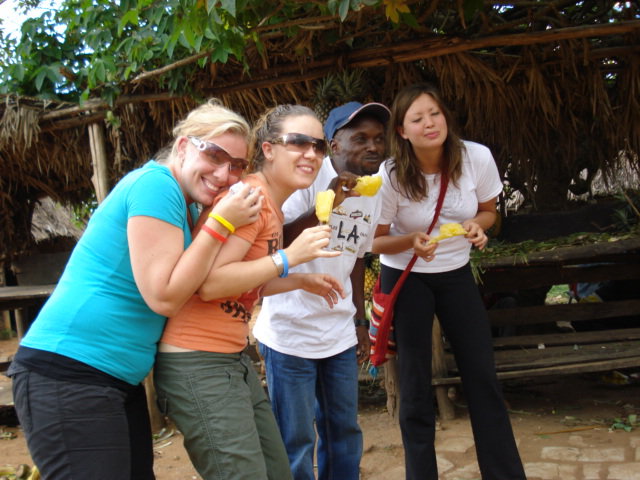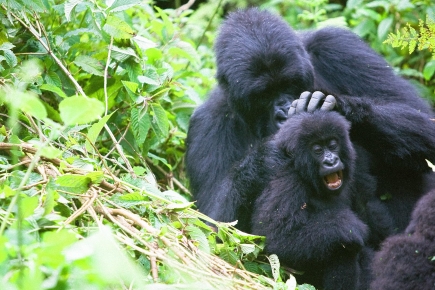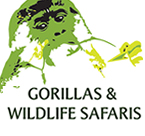|
Rwanda Gorilla Treks, Primate Tours, Monkeys and Cultural Safaris We are Members to |
How To Book 2014 Gorilla Permits in Uganda
|
|||
| Let us Help you book you Gorilla Permit and Safari more >> |
Uganda Gorilla Permits for both Bwindi and Mgahinga can only be purchased from Uganda Wildlife Authority (UWA’s) headquarters in Kampala, either directly or through a tour agent like us.
To book your gorilla permit (from out of Uganda) you first have to contact UWA’s reservation office by email inquiring about availability of the dates you intend to track the gorillas. Note that you need to consider a full day of travel from Kampala to Bwindi after you have landed in Kampala.
If the exact dates you want are unavailable, you can request UWA to let you know of the nearest dates. You then reply to them expressing your intent to book those permits, and requesting them to temporarily hold them as you make payment. At this time, they will advise you of their banking details, so that you can proceed to make an
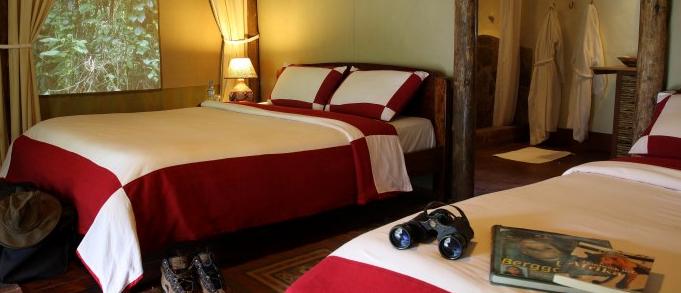 |
| Recommended Lodging for Gorilla Tracking >> |
electronic transfer of the money. Please remember to immediately send a copy of the transaction voucher/ receipt by email or fax to UWA.
Booking Gorilla Permits with a tour agent
1. Contact us letting us know of the dates you want to tour Uganda / Rwanda with the days you want to see the gorilla permits
2. We let you if the days you want for your gorilla tour are available for gorilla tracking and tentatively book them for you (but with no guarantee).
3. We send you our bank details for you to send the money for gorilla permits.
4. It takes about 24 hours for us to receive the money from our bank and pay for your permits. We shall send you acknowledgement for the money and the official Uganda Wildlife Authority Receipt (by scan and email). Please ensure that any bank charges are met by the client, and we do not charge any fee for gorilla permits buying/booking.
5. Send us your passport details to register your gorilla permits. Usually, we only need the Full names, passport number, and nationality.
6. We register your names and get the gorilla permits. We send you scanned copies of your gorilla permit.
As soon as the payment has been received, the permits for gorilla tracking be purchased. Getting a gorilla permit is not a guarantee of seeing a gorilla. However, the chances of seeing them are 98%.
3. Refunds/Cancellation Guidelines
Any visitor who shows signs of illness will not be allowed to track the gorillas, 50% of tracking fee will be refunded. A visitor shall only be declared unfit to track due to illness by the Warden in Charge and this clause only applies to visitors who have made their way to Bwindi INP or Mgahinga Gorilla NP.
Permits are non-refundable, however visitors who track the whole day and fail to see the gorillas for whatever reason will be refunded 75% of the tracking fees.
All refunds shall be effected at UWA Headquarters in Kampala through the Reservations Office.
UWA will retain the following percentages on a gorilla permit upon cancellation.
0 – 30 days to tracking date - no refund,
31 – 60 days to tracking date – 75% (25% refund to client),
61– 90 days to tracking date – 50%,
91 days and above to tracking date – 25% (75% refund to client).
4. Time Limit
The tracking time is limited from 8:30 a.m. to 7:00 p.m. All visitors are expected back at the campground by 7:00 p.m.
5. Passport Details
After full confirmation of the booking, passport details of the trackers will be require at the UWA to enable writing out the gorilla permits. Please ensure the full names, passport number and country of passport issuance are sent.
Please note: You must be over 15 years of age to obtain a gorilla viewing permit.
Related articles from our Blog:
==========================
INFORMATION ON GORILLAS:
Gorillas are our closest living relatives among the World’s great apes, studies of fossils, genes, physiology and behavior have revealed just how recently our shared lineage divided. Gorillas are complex, highly intelligent apes besieged by threats on all sides, including poachers, diseases and confined to a dwindling habitat that is in constant danger of being further eroded.
Charismatic animals such as Gorillas serve as “flagship” species. The Mountain gorilla not only attracts public support in its own right, but also helps to focus attention on its afro-montane habitat, upon which many other species depend for survival.
BRIEF BACKGROUND:
About 720 mountain gorillas survive to day, all of them in the wild. In the ensuing century, a combination of hunting and habitat destruction has driven this very rare primate to the verge of extinction.
Uganda’s Tourism drive in recent years has been the “endangered mountain gorillas”. Gorillas are our next of kin although they belong to a separate “ family” from humans. This has led to increased number of visitors to Bwindi Impenetrable National Park and Mgahinga gorilla National park, who come to see their closest relatives – the mountain gorillas.
Mountain gorillas are the big attraction of Bwindi and Mgahinga. They are very special animals - rare, gently, like us yet so different. Tracking gorillas is a unique experience - it leads you into a strange land to meet unusual creatures on their own terms. This can be humbling and thrilling at the same time.
We must stress that, while you have a very good chance of seeing gorillas, success is NOT guaranteed! They are wild creatures with no fixed routines.
The guides and trackers have helped to habituate the gorilla groups and know them intimately. They will take you to the areas where they left the gorillas the day before. Before leaving, they will be able to suggest how long the hike might take. While walking, please ask your guides to slow down if they are going too fast and if you need a rest. Feel free to stop and look at the birds or flowers, etc., the guide will ensure that they do not leave you behind. Watch out for safari ants on the trail - they bite and hang on, and if you step in them and get covered, the only solution is to strip. The actual trail you will follow will depend on where the trackers left the group and what signs they find to indicate where the group has gone. They are looking for crushed vegetation, broken plants that the gorillas might eat, and fresh dung. If you find the place where the group slept, you will see the gorilla's nests, which they make fresh each night.
When you find the gorillas, there is no guarantee that you will be able to photograph them. They often range in broken forest where vegetation is dense.
What to bring
· Gorilla tracking can be a long and challenging walk, so come prepared.
· Wear shoes with good traction, suitable to step muddy slopes.
· Carry rain gear, sunscreen and a hat, as the weather is unpredictable.
· Carry water and food
· Carry insect repellants
· When taking photographs, remember your subjects are black animals in dim light and use a fast film (400-800 ASA); over expose, if possible.
· Departure is 8.30 a.m. If you are late, you lose your place and permit fee!
In order to minimize behavioral disturbance to the gorilla and the risk of exposure to human-borne disease some rules must followed:
Gorilla rules:
· Keep your voice down or be quiet. You will see and hear more if you do.
· Do not point or waive your arms - this can be seen as a threat. Move slowly.
· If approached by a gorilla, back away slowly to keep 5-metre separation.
· Do not use a flash - this could frighten the gorillas and bother other visitors.
· Please always keep your voices low. You will then also be able to observe the great bird life and other wildlife in the forest.
· DO NOT leave rubbish in the park. Whatever you bring into the forest should be carried back out with you.
· Always wash your hands before you head out to the gorillas.
· Keep a minimum of 5 meters (15 feet) from the gorillas. This is to protect them from catching human diseases
· You must stay in tight group when you are near the gorillas.
· Keep your voices down at all times. However, it is OK to ask the guide questions
· Do not eat or drink while you are near the gorillas. Eating or drinking inevitably will increase the risk of food/drink morsels/droplets falling, which could increase the risk of transmission of diseases.
· Sometimes the gorillas charge. Follow the guides example-crouch down slowly, do not look the gorillas directly in the eyes and wait for the animals to pass. Do not try and take pictures and do not attempt to run away. Running away will increase the risk.
· Flash photography is not permitted! When taking pictures move slowly and carefully.
· Do not touch the gorillas. They are wild animals. ….
· The maximum time you can spend with the gorillas is one hour. However, if the gorillas become agitated or nervous, the guide will finish the visit early.
· After the visit keep your voices down until you are 200 metres from the gorillas.
General Health Rules
Remember gorillas are very susceptible to human diseases. The following are ways to minimize the risk your visit might pose to them:
· Respect the limits imposed on the number of visitors allowed with the gorillas each day. This minimizes the risk of disease transmission and stress to the group.
· If you are feeling ill, or you are carrying a contagious disease, volunteer to stay behind. An alternate visit will be arranged for you, or you will be refunded your money.
· If you feel the urge to cough or sneeze when you are near the gorillas, please turn your head away and cover your nose and mouth in order to minimize the spread of bacteria or viruses.
· Always stay 5 metres (15 feet) away form the gorillas. The further back you are, the more relaxed the group will be.
· Do not attempt to touch the gorillas
· Do not smoke, drink or eat when you are with the gorillas
· Do not leave any rubbish (e.g. food wrappers) in the Park; foreign items can harbor diseases or other contaminants.
· If you need to defecate, whilst in the forest, please ask the guide to dig you a hole with a panga. Make sure the hole is 30cms deep and fill it in when you are finished.
The gorilla tracking activity which started in April 1993 in Bwindi Impenetrable National park and in 1994 in Mgahinga Gorilla National park led to an increased demand for habituating more gorillas and has also called for peoples attention to be associated with the mountain Gorillas.
Gorilla Groups
Mubare (Bwindi Impenetrable National Park) : (10 members)
1 silverback
4 females
3 juveniles
2 infant.
Habinyanja (Bwindi Impenetrable National Park): (18 members)
1 silverback
2 black backs
6 females
1 sub adult
5 juveniles
3 infants
Rushegura (Bwindi Impenetrable National Park) :(10 members)
1 silver back
5 females
1 sub adult
2 juveniles
1 infant.
Nkuringo (Bwindi Impenetrable National Park): (19 members)
2 silver backs
3 black backs
5 females
2 sub adult
5 juveniles
2 infants
Nyakagezi (Mgahinga Gorilla National Park): (11 members)
2 Silverbacks
3 Adult females
4 Juveniles
2 Infants
The minimum requirement age of tracking the gorillas is 15years.
Rwanda Gorilla Permit Booking Information
Rwanda gorilla permit will cost 750 USD beginning June 01 2012v
Charges for foreign non residents will increase to US$ 750 from US$500, whereas foreigners residing in Rwanda will be charged US$ 375 instead of US$250 to trek the gorillas.
Rwandan nationals will be charged US$ 50 up from US $33.
Accommodations Choices at Bwindi >>
Uganda Safari | Gorilla Safaris | Chimpanzee Safaris| Car Hire | Contact Us | Our Terms
© Fabulous Africa Holidays and Adventures LTD. P.O. Box 10089, Kampala Uganda Tel +256-77-29 79 425; OR +256 393201019
Plot 448 Entebbe - Kampala Road, Suite 15 Hotel Areba Building (12kms from Entebbe Airport).
e-mail: info@gorillasandwildlifesafaris.com; gorillasandwildlifesafaris@gmail.com
Websites: www.gorillasandwildlifesafaris.com; www.trekgorillatours.com ; https://safariadviceuganda.blogspot.com
